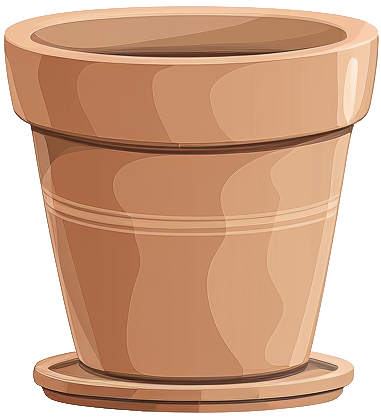- ceropegia
- haygarthii

ceropegia
haygarthii
haygarthii
Care level
Medium
This charming trailing succulent produces clusters of unusual flowers that look like tiny purple and white umbrellas or parachutes dangling from thin stems. The delicate vines cascade gracefully, and each flower acts like a clever trap, temporarily holding visiting flies to ensure pollination before releasing them unharmed.
Care & maintenance
Light
Bright light, usually located near windows but doesn't receive direct rays for more than an hour during the day.
Temperature
Wide range (59°F - 86°F)
Fertilization frequency
Low
Once per season.
Soil
Choose a Succulent and cactus mix: A well-draining blend with coarse texture. Promotes root health by preventing water-logging and mimicking arid natural habitats.
If you want to create your own substrate, you can make a mixture of the following soils:
Click on the soil name for more information.
Pot

Standard size
Prefer a pot with a classic width/depth ratio.
Incorrect or incomplete information?
In our goal of building the best plant database, we sometimes make mistakes or have incomplete information. You can help us fill these gaps!
Features
Size & growth
Small
Trailing
Moderate growth
This plant grows at a moderate rate. It can reach up to 12 inches in height or spread.
It spreads horizontally, often along the ground.
Toxicity
| Cat | |||
|---|---|---|---|
| Dog | |||
| Human |
Reproduction & propagation
Fruits & flowers
Flowering & not self-pollinating
The ceropegia haygarthii can produce flowers and therefore fruits.
This plant is not capable of self-pollination, it will not be able to produce fruits if it is not pollinated by another individual.



